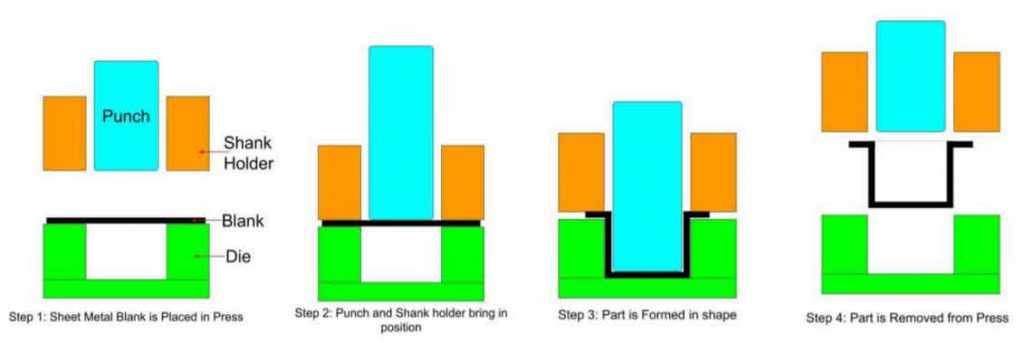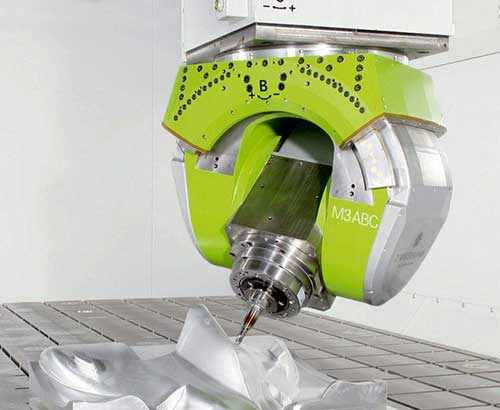Sand casting is a versatile and widely used method for creating metal parts. This traditional technique involves forming a mold from sand and pouring molten metal into it to create a desired shape. Here, we’ll explore the parts of sand casting and the step-by-step process of how to cast metal in sand.
Key Parts of Sand Casting:
Pattern: This is the replica of the part you wish to cast, usually made from wood, metal, or plastic.
Mold: Created using sand, it holds the shape of the pattern.
Core: Used to create hollow sections in the casting.
Pouring Basin: Where molten metal is poured into the mold.
Riser: Acts as a reservoir to supply molten metal as the casting solidifies.
How to Cast Metal in Sand:
Create the Pattern: Design and construct the pattern based on the final product specifications.
Prepare the Sand Mold: Pack sand tightly around the pattern in a flask (a container that holds the mold). Remove the pattern, leaving a cavity in the shape of the object.
Insert the Core: If the part requires hollow sections, place the core inside the mold.
Pour the Metal: Heat the metal until molten and pour it into the mold cavity through the pouring basin.
Cooling and Finishing: Allow the metal to cool and solidify, then break the mold to retrieve the casting. Trim and polish the final piece for finishing.
A flexible and affordable technique for producing metal parts is sand casting. For more details and expert sand casting solutions, visit Precintl.com. This method continues to be a cornerstone of metalworking industries, providing precision and efficiency.




Write a comment ...